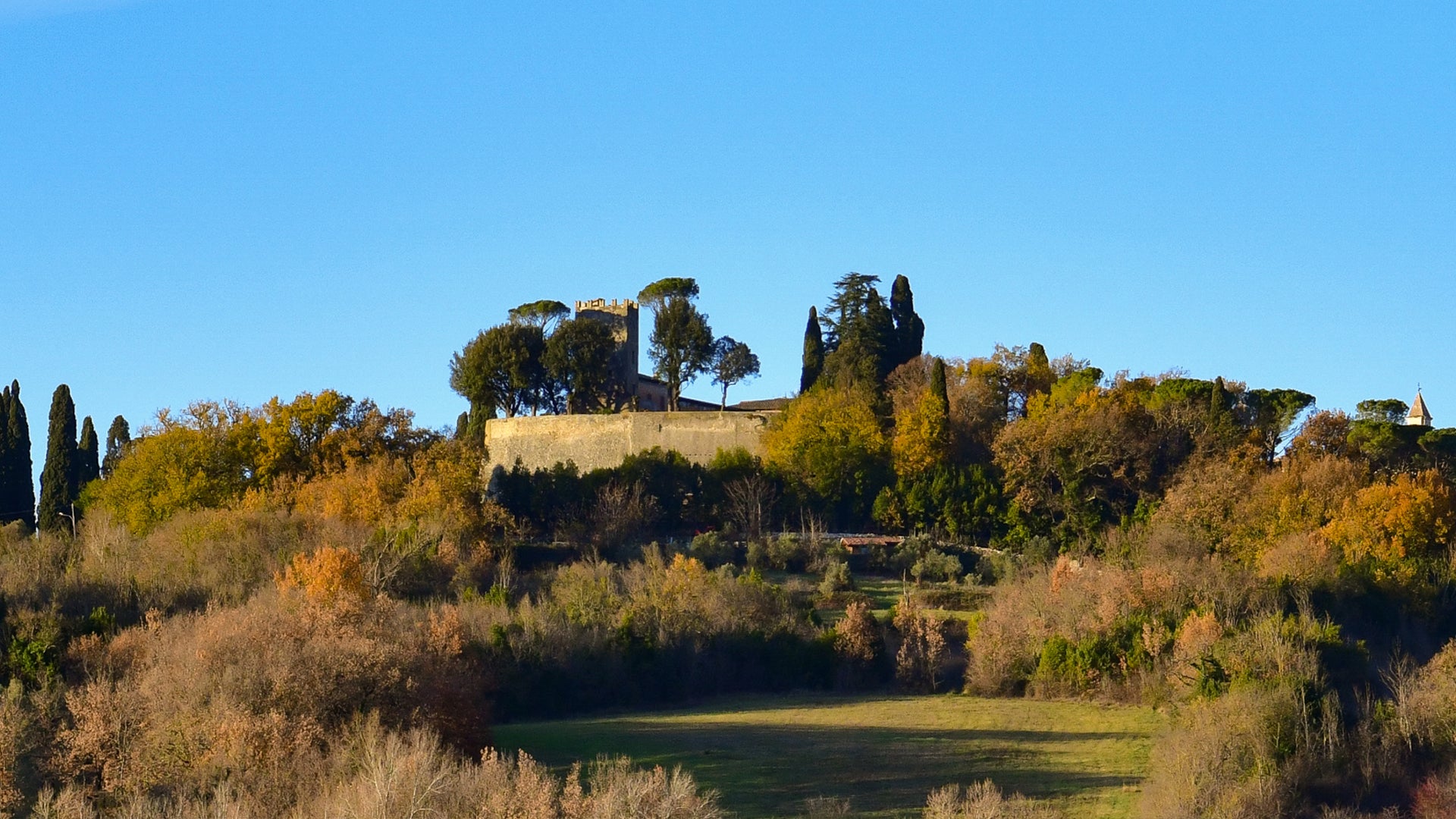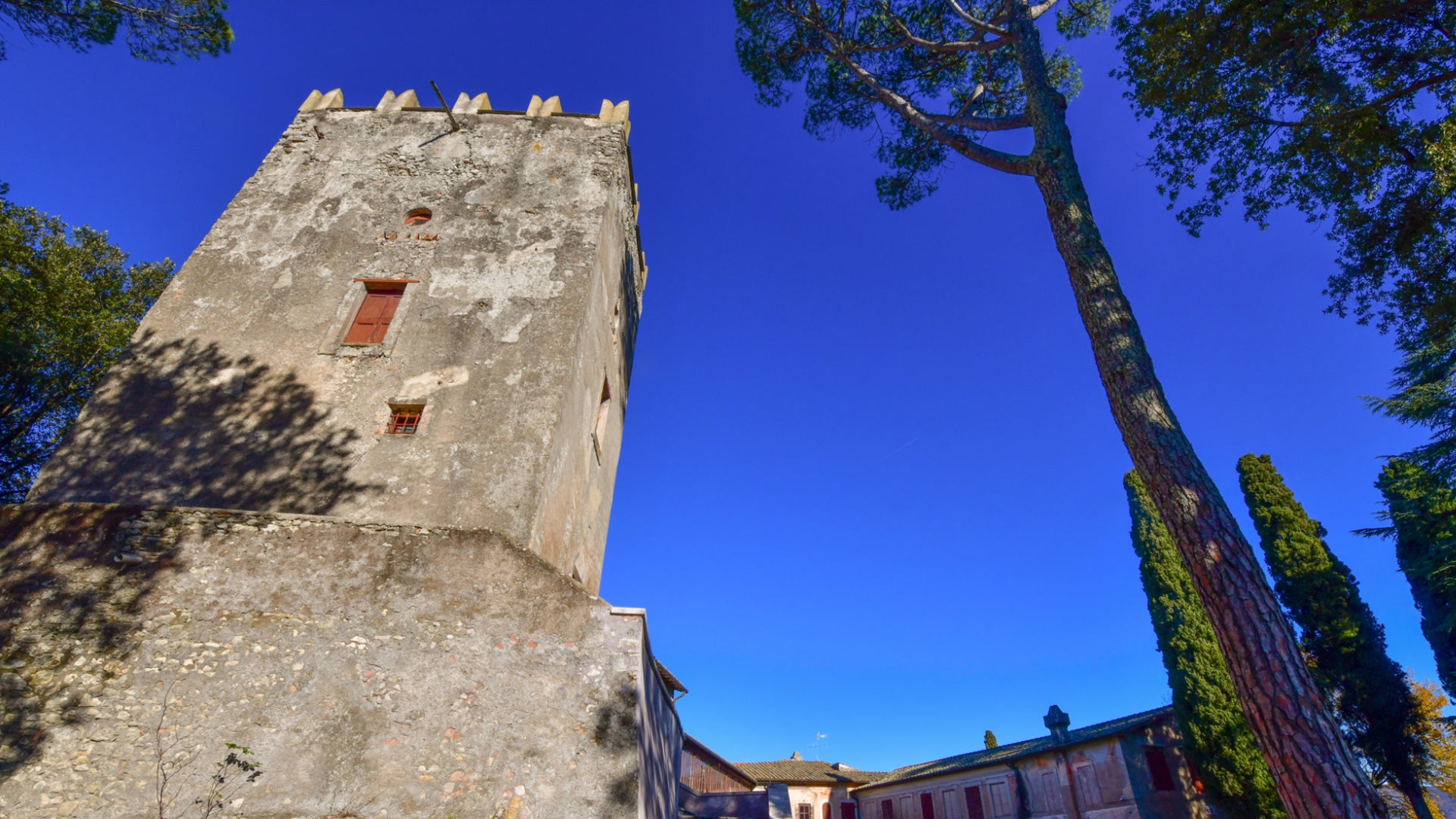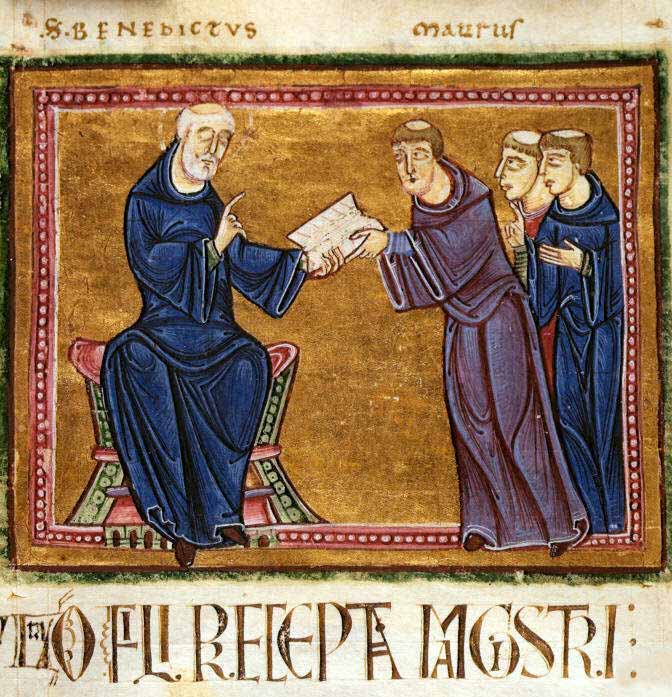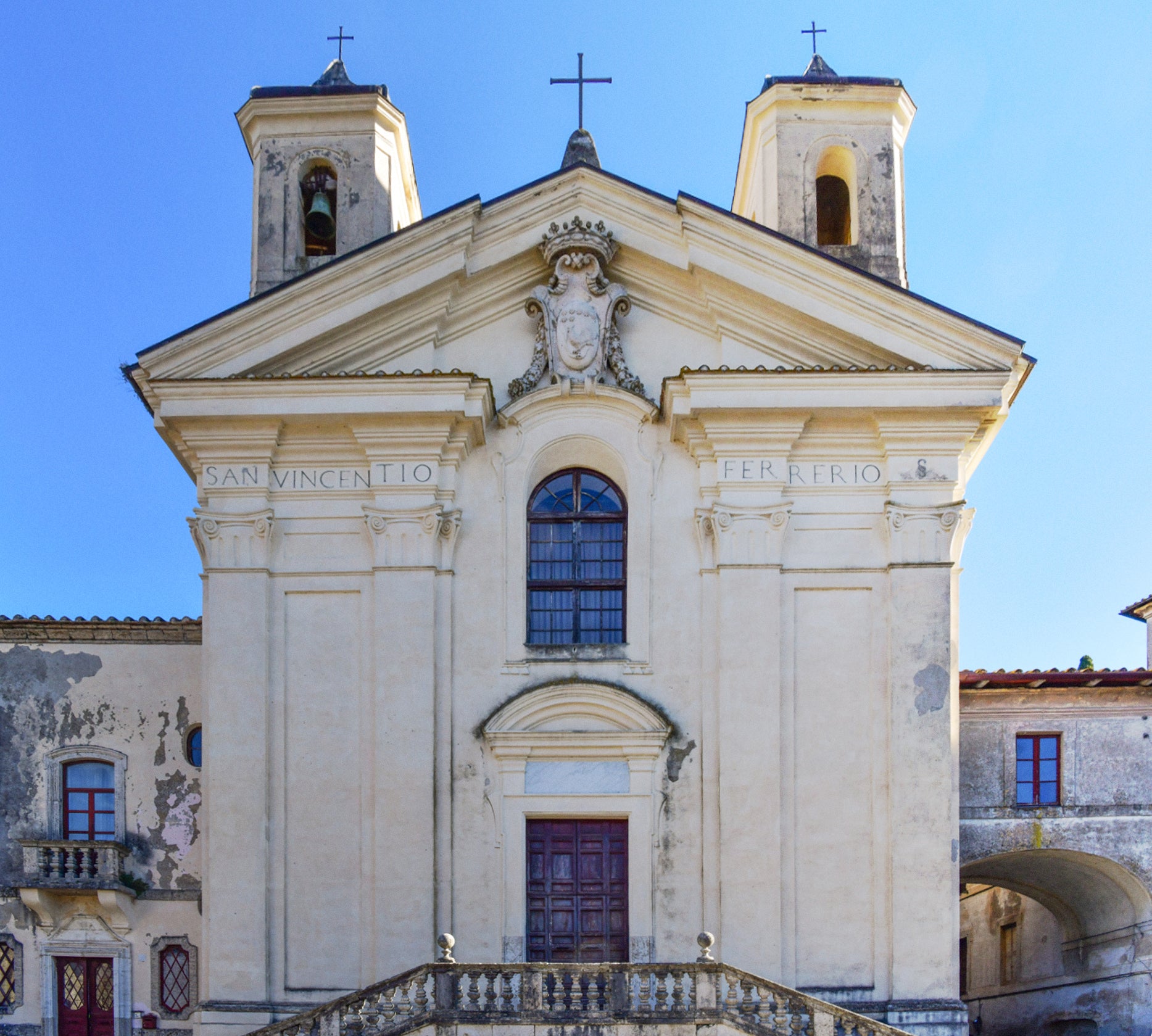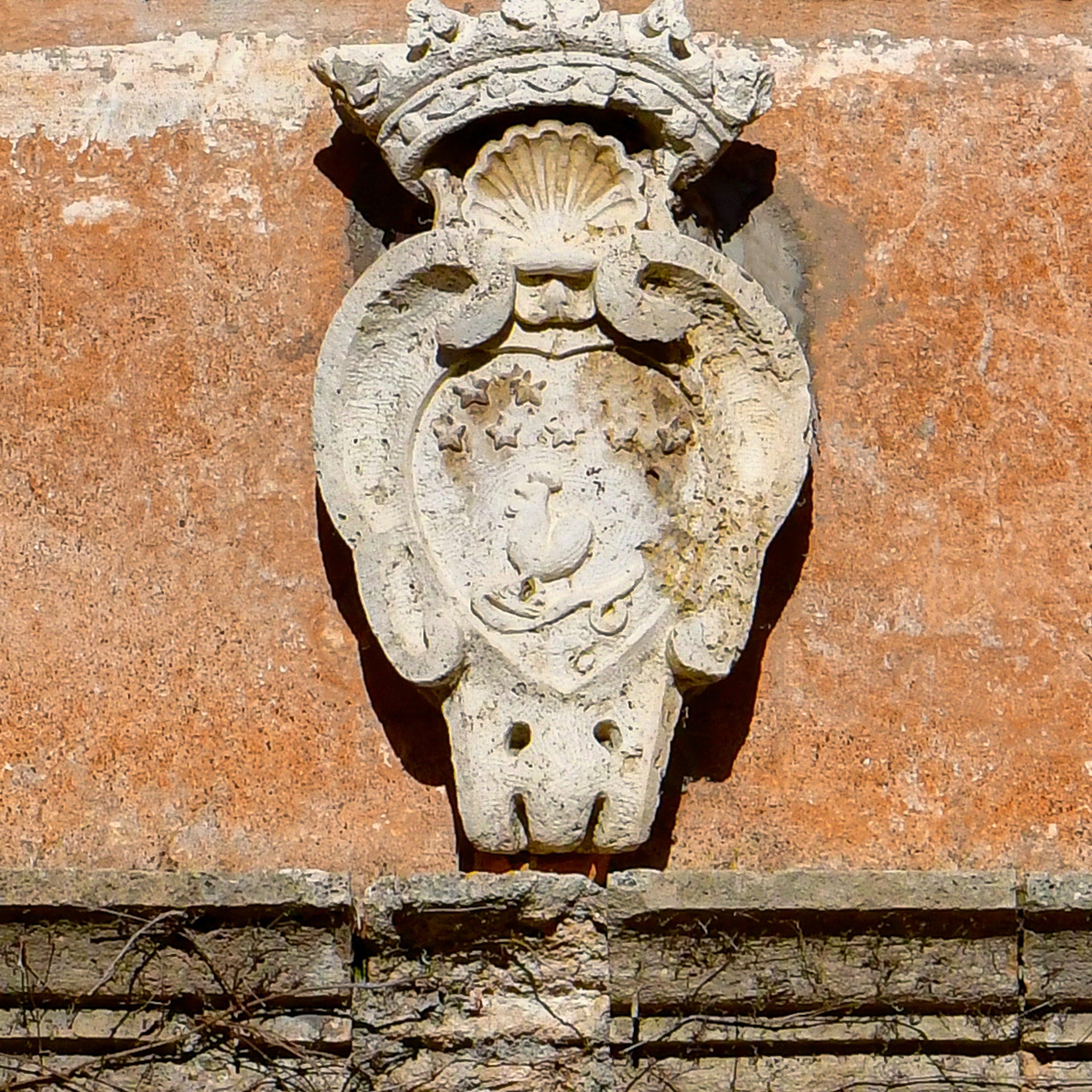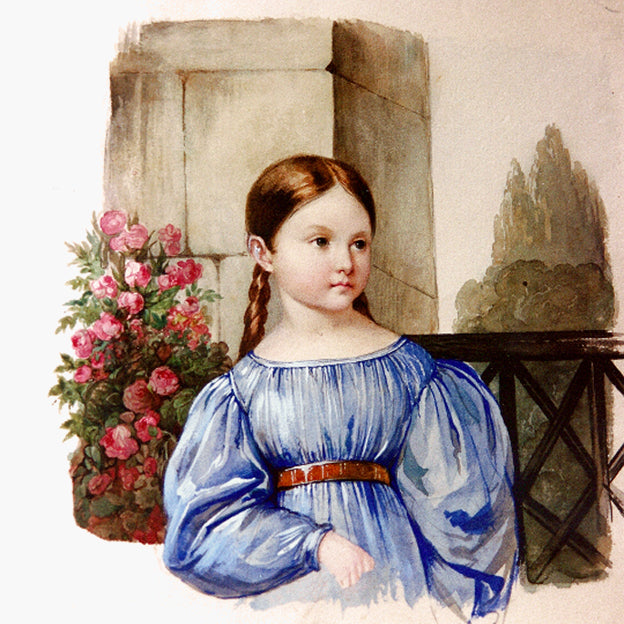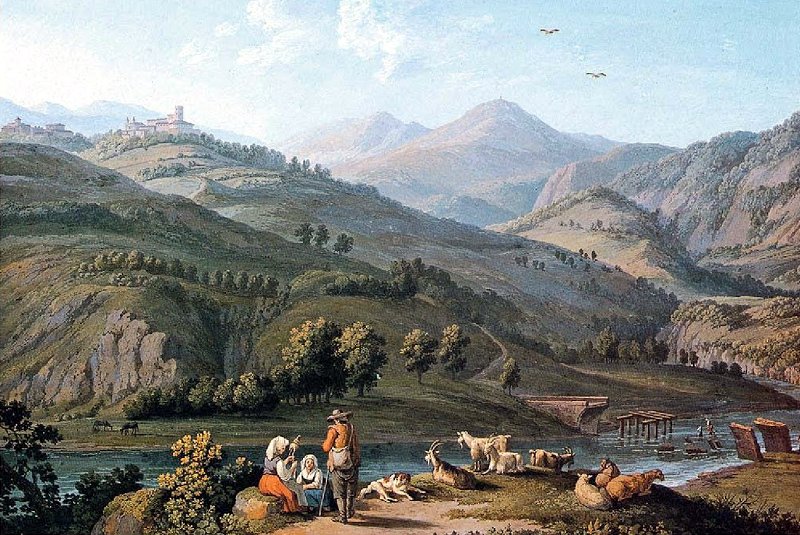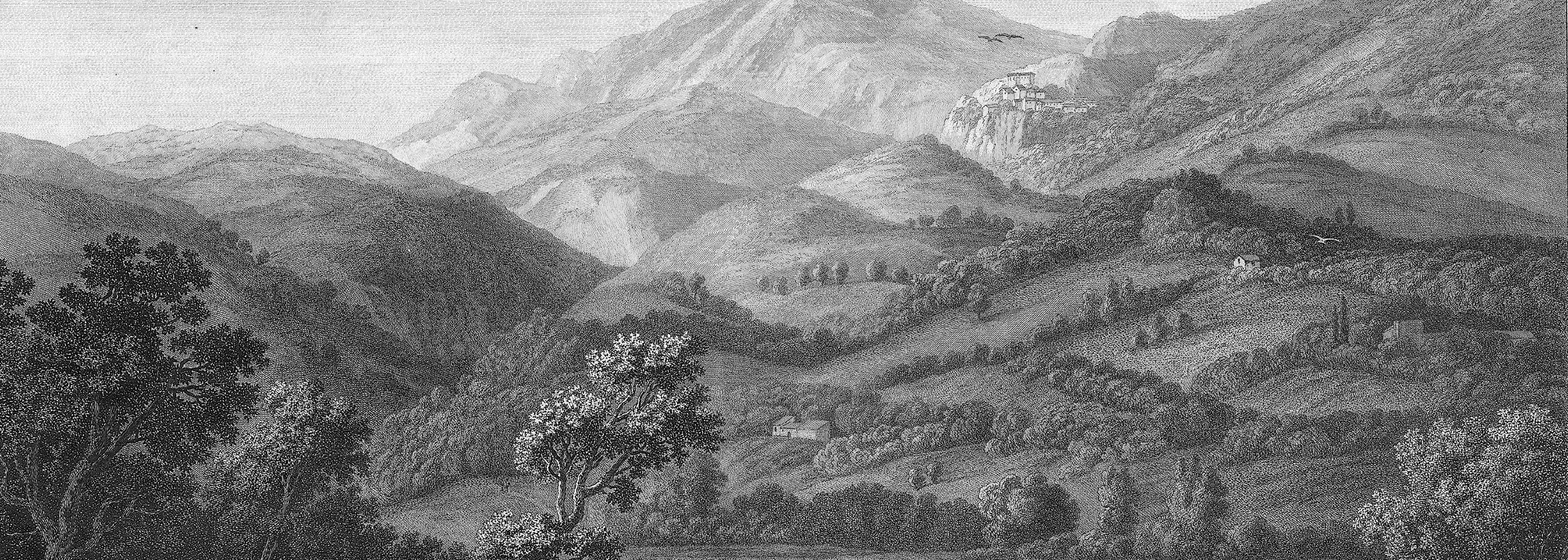There is a corner of Italy, between Rome and Subiaco, where time seems to have decided to slow down. Here, between the gentle profiles of the Mandela hills, flow the Aniene and Licenza rivers, the same ones that the poet Horace celebrated in his lyrics over two thousand years ago. A real and imagined place at the same time, where nature, history and art intertwine in a delicate balance.
del Gallo Castle and Gardens of Horace
The Ideal Views
Intorno al Castello di Mandela si sviluppa la celebre “veduta ideale”, concepita nel Settecento da Jacob Philipp Hackert, pittore di corte della regina Maria Carolina. Hackert selezionò un punto privilegiato lungo il colle affacciato sul fiume Licenza, per dipingere una serie di vedute, tra cui tre dedicate a Mandela. Questa prospettiva panoramica, composta e armoniosa, riflette la filosofia romantica e neoclassica del “paesaggio secondo natura”: non una rappresentazione fedele, ma una ricostruzione ideale, intesa ad evocare un luogo della memoria, del raccoglimento, dell’ispirazione.
Oggi, il giardino inglese del Castello mantiene questa visione: le quinte arboree disegnate con querce, cipressi e lecci, e la torre Giulia rivolta verso la valle, ripristinano l’esperienza visiva originaria, facendo rivivere in parte la stessa atmosfera che affascinò Goethe e gli artisti romanticisti.
Il Castello del Gallo e i Giardini di Orazio non sono semplicemente un luogo da visitare, ma un organismo vivo e pulsante, un laboratorio straordinario dove paesaggio, storia e comunità si intrecciano in modo unico. Qui la natura non è solo uno sfondo, ma un vero protagonista, che dialoga con la cultura e la spiritualità di un territorio ricco di memorie e fascino.Il complesso ospita regolarmente concerti, attività educative per tutte le età, eventi culturali e cammini naturalistici che permettono di scoprire questo luogo in modo immersivo e partecipato.
Oggi, il Castello del Gallo e i Giardini di Orazio aprono le loro porte al pubblico, offrendo l’opportunità di vivere un’esperienza autentica: camminare nella storia, in un paesaggio che non è solo bello da vedere, ma da sentire e vivere intensamente, al fresco del microclima del bosco romantico. Visitare il Castello del Gallo e i Giardini di Orazio significa immergersi in un tempo lento, lontano dal ritmo frenetico della vita quotidiana, per riscoprire un legame profondo con la memoria del territorio.
Il Roseto Bonaparte: dove la storia sboccia tra le rose Nel cuore di un paesaggio incantato, il Roseto Bonaparte si apre come un giardino sospeso nel tempo.Oggi in fase di restauro, ma già pronto a...
Visita guidata con aperitivo al Castello del Gallo
Un’esperienza esclusiva tra le mura del tempo.Lasciati condurre in un viaggio intimo e straordinario da un membro della storica famiglia del Castello del Gallo, che ti accompagnerà tra racconti pri...
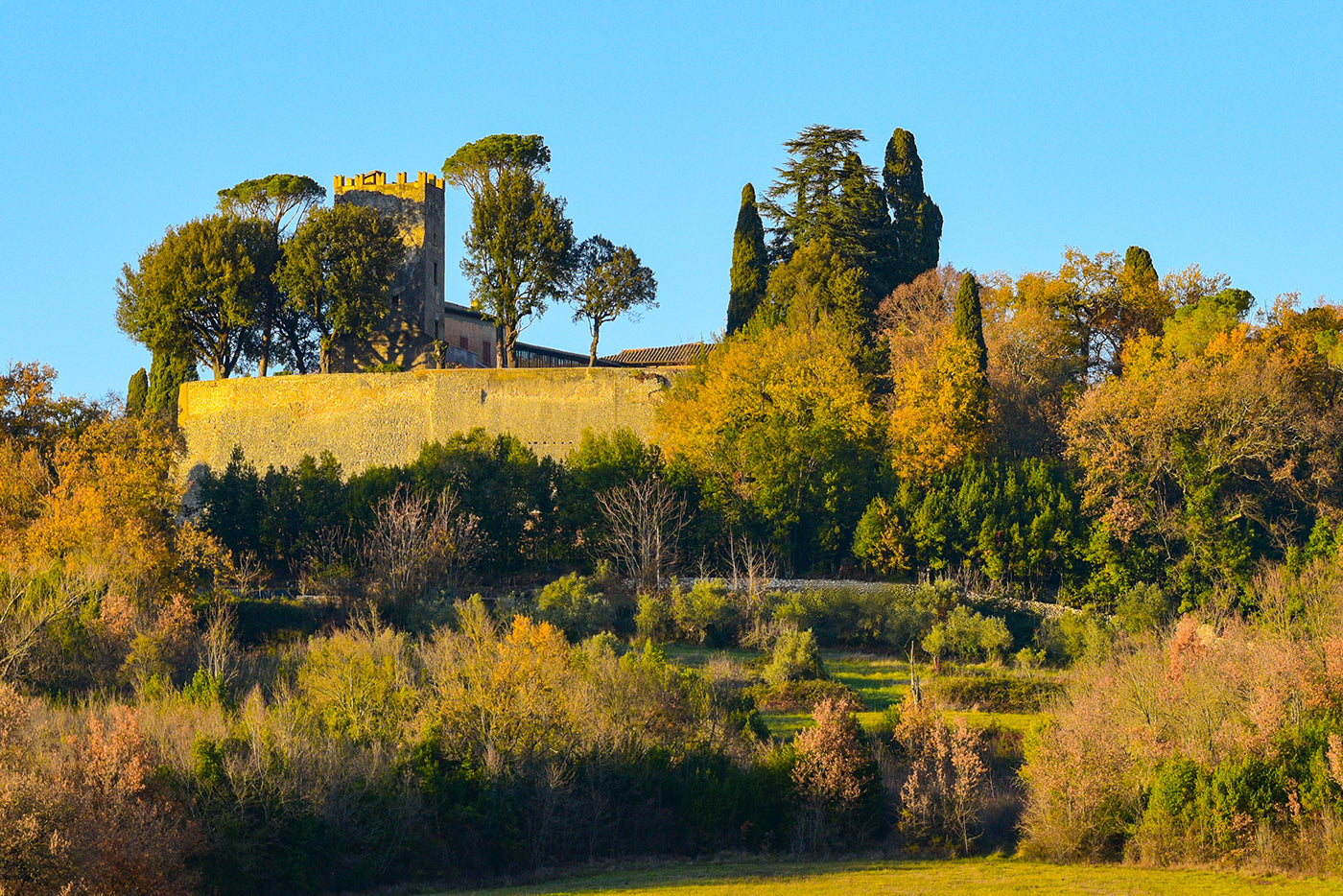
Mandela and Ancient Origins Nestled in the lush greenery of the Mandela countryside, the Castle is a monument that spans the centuries, carrying with it a rich historical and cultural leg...
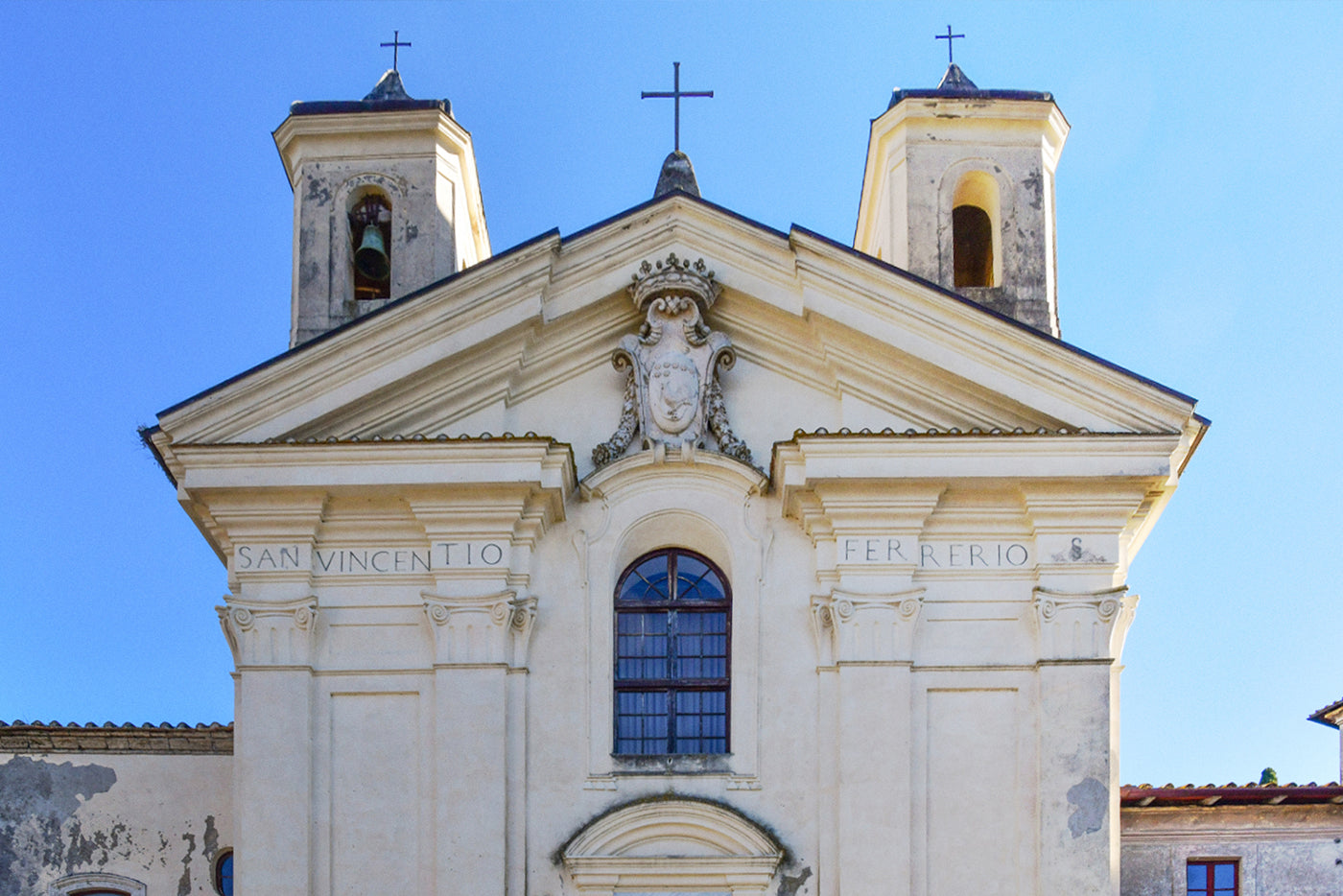
Church of Saint Vincent Ferrer
The Saint and His Exceptional Spiritual Legacy Named after Saint Vincent Ferrer (1350-1419) a Valencian Dominican famous for his austere life, his charismatic preaching and more than 80 recogn...
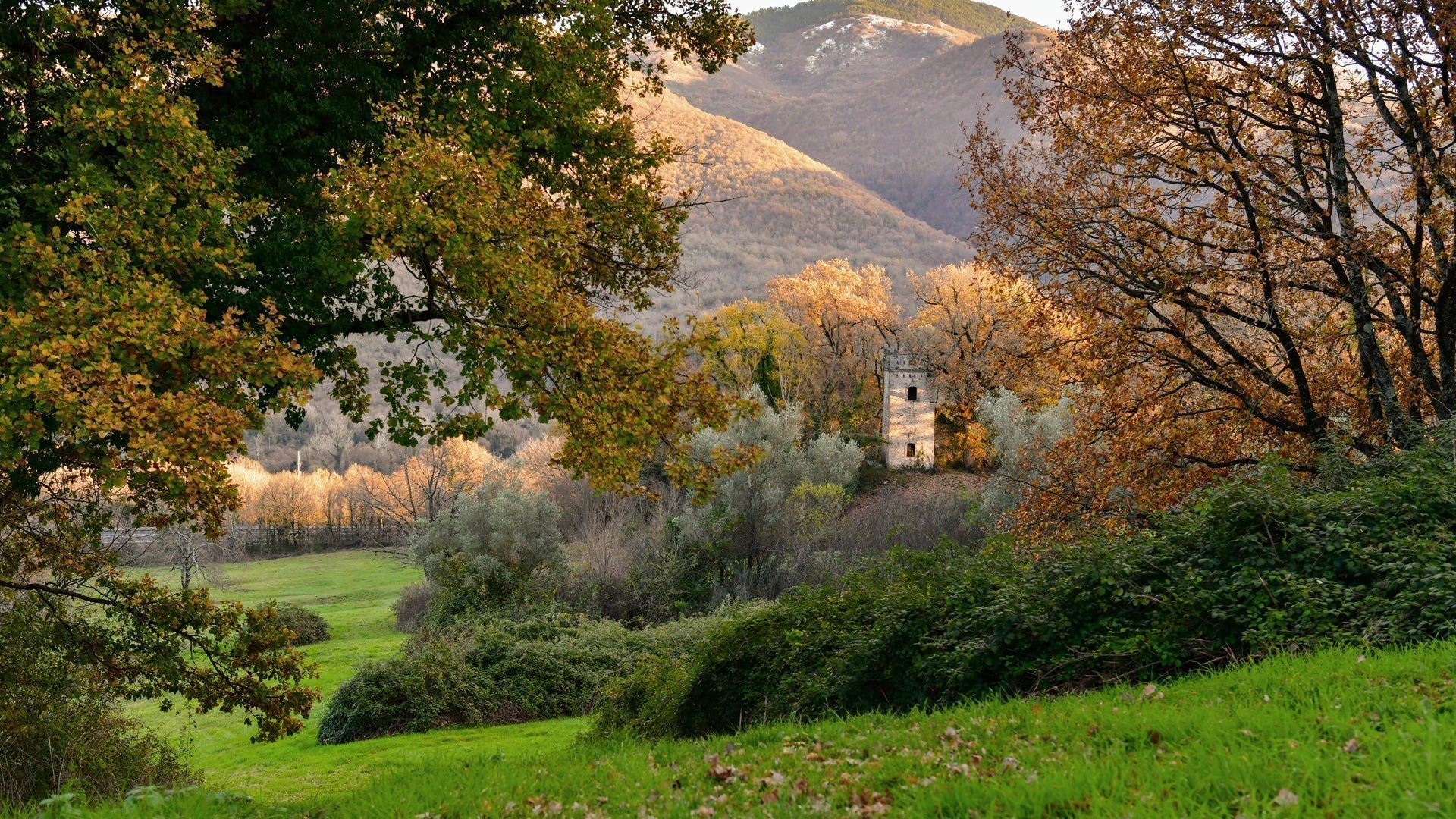
The English Landscape Park is much more than a simple garden: it is a bridge between past and present, where nature mixes with art and history. Walking among its oaks and historical remains, one c...
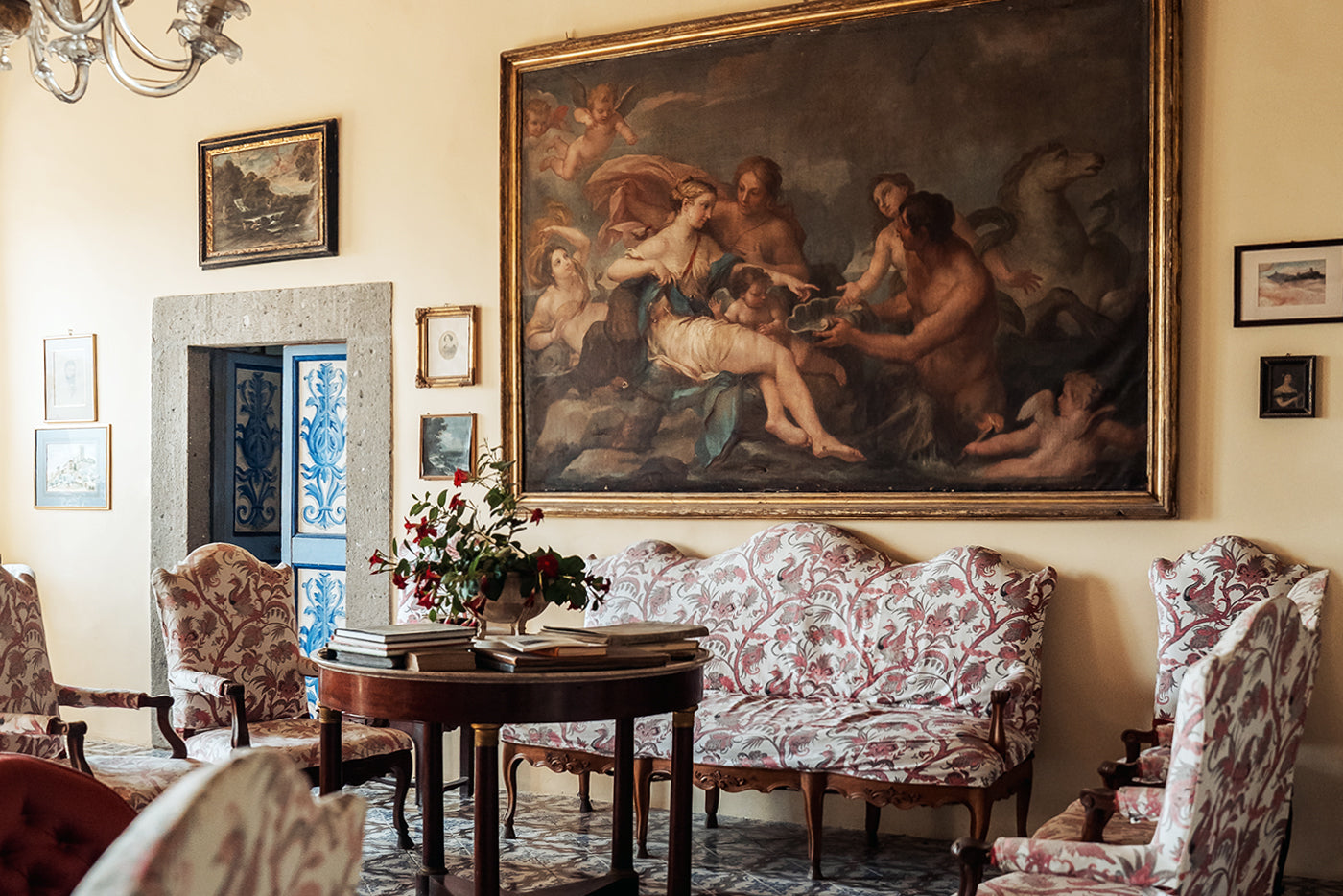
A place to stay between history and nature The del Gallo Castle is located in the heart of the medieval village of Mandela, a few kilometers from Rome, among the hills of the Aniene Valley. Also kn...
